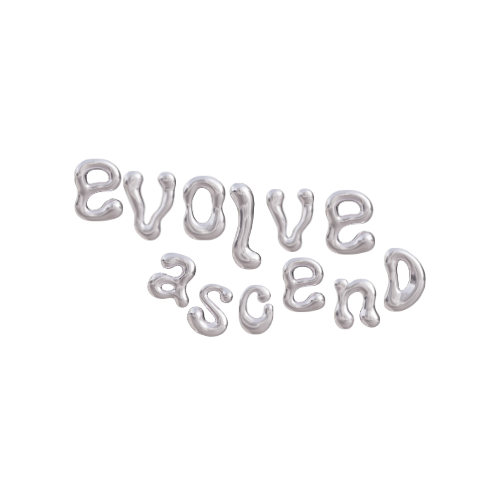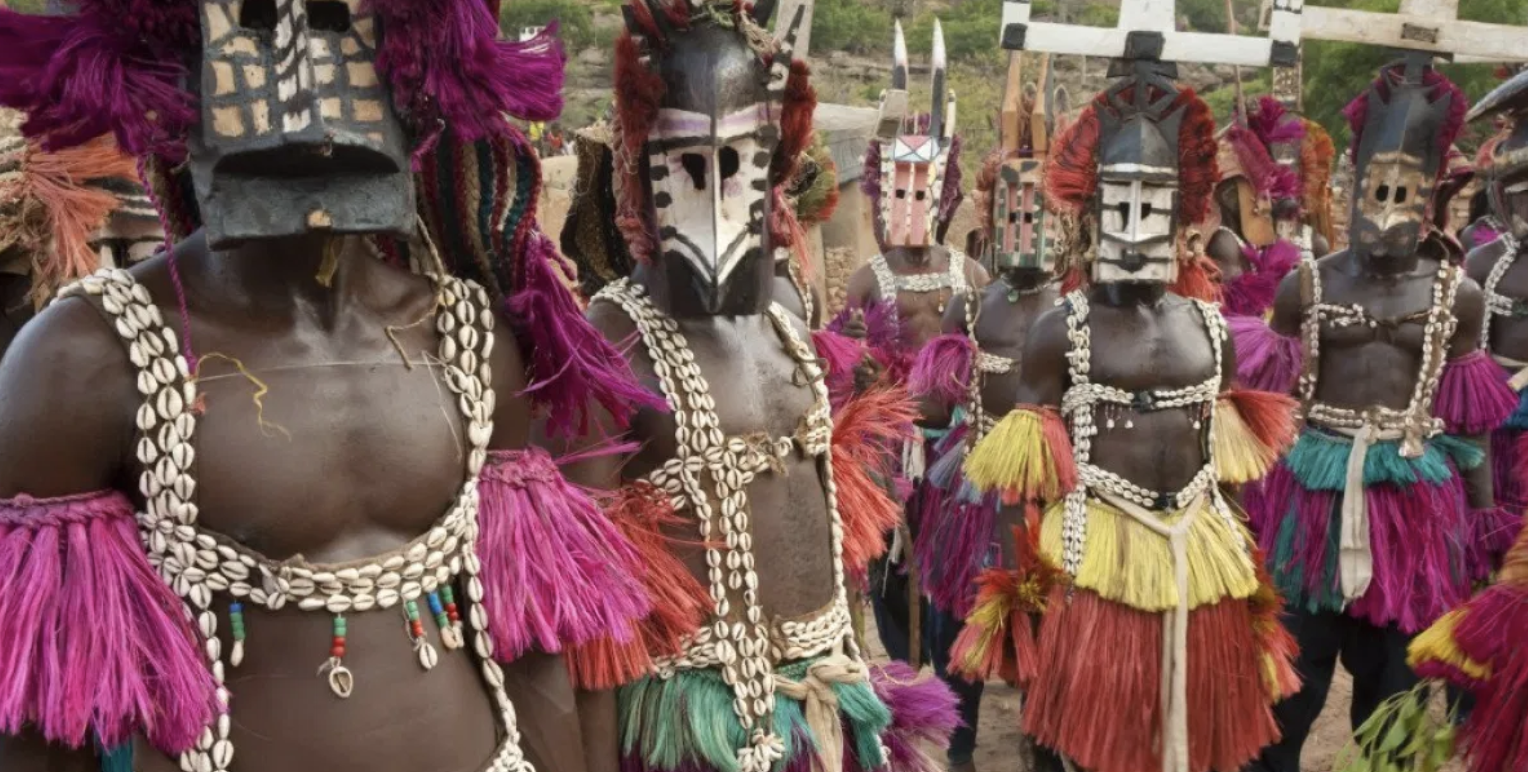Exploring the Mysteries of the Dogon Tribe
The sweltering plateaus of Mali, Northwest Africa, are home to a mysterious lineage infamous for their apparent ancestral connection to advanced extraterrestrial beings. This covert, culturally rich collective is known as the Dogon Tribe.
The Dogon people are the closest thing to a real life Wakanda. Their ancient wisdom reveals a deep understanding of advanced astronomy, mathematics and anatomy prior to the existence of modern science. Certain revelations divulge on the existence of all the planets in the solar system, the spin of subatomic particles and the vibratory nature of matter.
The origin of this knowledge is claimed to hail from the elusive Nommo beings, spiritual figures highly revered by the Dogon as Water Spirits or Aquatic Deities. They are described as non material, amphibious and serpentine, with green skin and long tails used to prop themselves upright while on land. Additionally, the Nommo were hermaphrodites, considered to have twin souls by the Dogon.
Robert Temple wrote about the connection between the Dogon’s knowledge of the Sirius binary star system and the presence of the Nommo in his book The Sirius Mystery. He argued that the only way the Dogon esoteric traditions could contain knowledge of a second smaller star orbiting Sirius (that only recently became visible to astronomers through telescopes) is through the contact of an advanced extraterrestrial civilization in the Tribe’s ancient past.
Temple proposed that the Nommo deities were the true identity of these extraterrestrial beings, suggesting that they may have come from Sirius to Earth, bestowing the Dogon tribe with some of their advanced insight.
Robert Temple’s work is influenced by the research conducted by the French Anthropologists Marcel Griaule and Germaine Dieterlen, who first discovered the Dogon’s astronomical secrets after spending years gaining the trust of the Dogon priests in the 1930s.
More than a decade of living among them had passed before they were initiated into the esoteric traditions of the Dogon, and their research continued to unfold over a total of 30 years. The team’s findings were revealed through their academic publications, which became a controversial yet undeniable source of extraterrestrial evidence that inspired further investigation from their professional peers.
The Dogon perform rituals to restore, maintain, or vitalize the balance of supernatural forces and the human community…..[they] believe that all these supernaturals contribute to the spiritual well-being and order of the human community. The loss of contact and control of any of these supernaturals results in a state of disorder or spiritual imbalance which the Dogon call puru or death. The goal of any ritual is to regain this spirit loss and restore order to the balance of the supernatural world, and thus to the human community. This results in the state which the Dogon call omo or living.
DeMott, Dogon Masks, p.73, (citing Dieterline, “Mecanisme de l’impurete chez les Dogon,” Journal de la Societe des Africantes 17:84, 1947)
The religious rituals of the Dogon tribe are complex and diverge into a variety of cults focusing on unique aspects of the tradition. The 3 main ritual sects that play an interdependent role in maintaining the balance of the human community are known as the Awa, the Lebe and the Binu.
The Awa is the esoteric order of death, whose responsibilities involve bringing harmony to the disorder or puru provoked in the wilderness by the death of the first Nommo. The members of this order, known as the Olubaru, are the vagrant spiritual protectors of the bush who dance while wearing ornamental masks for funerals and death anniversaries to lead deceased souls to their final resting place.
The Lebe are the esoteric order of life, who follow the Earth God Lebe. Their rites concern the proliferation of abundance through agriculture. These rituals and duties are overseen by the Hogon, a chief priest of the Lebe order who always operates at the center of human civilization. All Dogon villages contain a Lebe shrine that symbolically incorporates earth to increase the fertility of the land.
The Binu is the esoteric order of the Nommo ancestors, those who guard and maintain the sacred sanctuaries which house a unique totem or ancestral spirit animal. Additionally, the Binu shrines contain scattered pieces of a sacrificed Nommo who was cut up by the God of Creation to purify the universe from disorder. The Binu make sacrifices of blood and millet porridge to receive the benevolent blessings of the ancestor Nommo.
The true history of the Dogon’s contact with extraterrestrials will forever remain shrouded in mystery, but there are unavoidable clues to something extraordinary in the astounding traditions that continue to be taught by the Dogon tribe to this day.
We may never know the origin of the Dogon’s wisdom, but these findings could one day synthesize a collection of isolated discoveries we have yet to illuminate. Until that day arrives, we can only speculate on the importance of this anomalous exploration into the enigmatic traditions of the Dogon Tribe.
References
Marcel Griaule: Conversations with Ogotemmeli: An Introduction to Dogon Religious Ideas. 1965. (many reprints) ISBN 0-19-519821-2, originally published in 1948 as Dieu d’Eau.
Marcel Griaule and Germaine Dieterlen: The Pale Fox, originally published as Le Renard Pâle, Institut d’Ethnologie, 1965.
DeMott, Dogon Masks, p.73, (citing Dieterline, “Mecanisme de l’impurete chez les Dogon,” Journal de la Societe des Africantes 17:84, 1947)
https://web.archive.org/web/20111003003520/http://www.simpletone.com/cdi/dogon.htm
https://sacredsites.com/africa/mali/dogon.html
https://en.wikipedia.org/wiki/Dogon_people
https://en.wikipedia.org/wiki/Nommo



